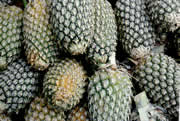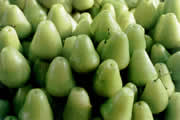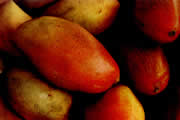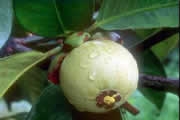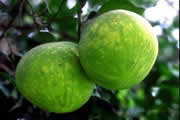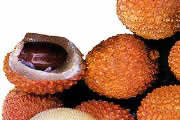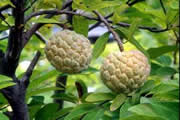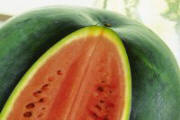|
Thailands fruit Same this watermelon grow the fruit artful decorates. It is over and over again a pleasure to see how to make, with a little bit aptness the table to decorates and was so for all Thailand travellers an unforgettable tableau offered. |
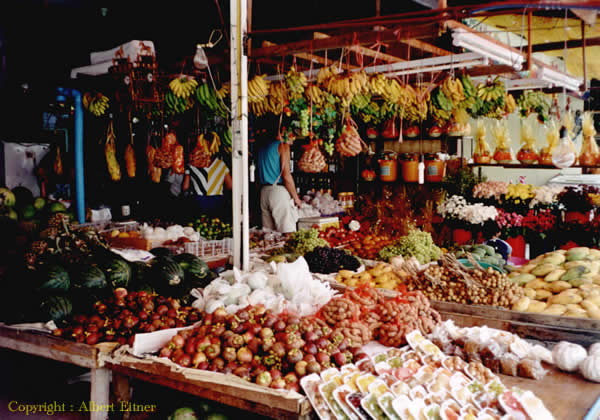
|
|
Pineapple (Sapparot) |
||
|
|
Banana (Kluai) |
||
|
|
Rose-apple green (Chomphu) |
||
|
|
Rose-apple (Chomphu si däng) |
||
|
|
Jackfruit (Kho Noon) |
||
|
|
Longon (Lamyai) |
||
|
|
Carambola (Mafurng) |
||
|
|
Mangoes (Mamuang) |
||
|
|
Mangosteen (Mang Khut) |
||
|
|
Pomelo (Som-O) |
||
|
|
Rambutan (Ngor) |
||
|
|
Tamarind (Makham wan) |
||
|
|
Litchi (Lychee) |
||
|
|
Papaya (Ma-La-Gor) |
||
|
|
Custard apple (Noi-na) |
||
|
|
Durian (Thurian) |
||
|
|
Melone (Tääng Moo) |
||
|
|
|||
 Some smell so terrible that, by law in some countries, people are not allowed to take
them on buses, planes or any other type of enclosed place. But the one thing all Thai fruits have in common is that they are DELICIOUS!
Some smell so terrible that, by law in some countries, people are not allowed to take
them on buses, planes or any other type of enclosed place. But the one thing all Thai fruits have in common is that they are DELICIOUS!

